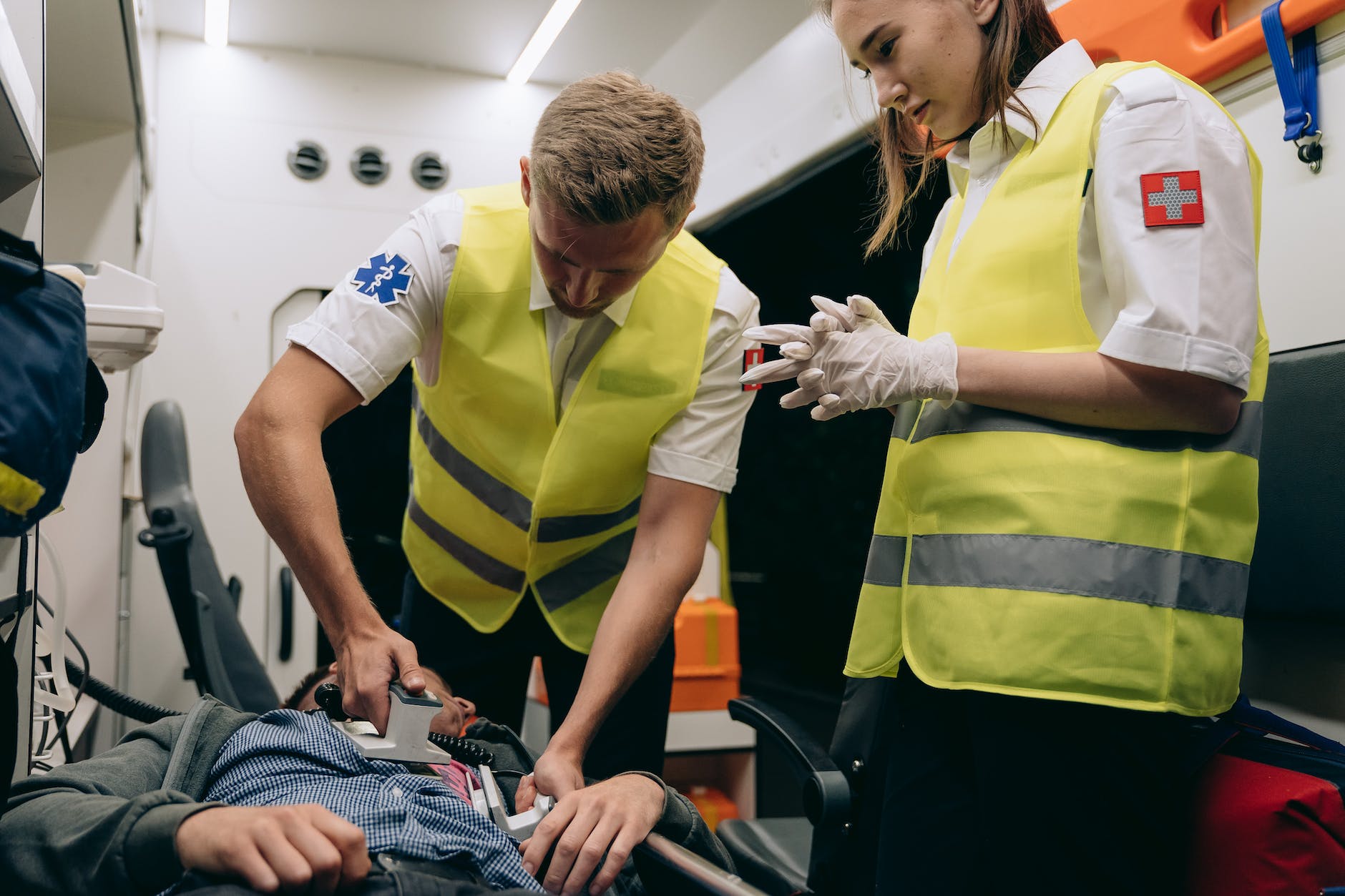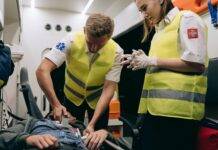
AED Usage: Saving Lives through Automated External Defibrillators
AED Usage : In today’s fast-paced world, medical advancements continue to revolutionize the way we approach life-threatening situations. One such innovation that has been instrumental in saving lives is the Automated External Defibrillator (AED). This compact and user-friendly device plays a vital role in treating sudden cardiac arrests, making it essential to understand its usage, benefits, and significance.
1. Introduction
In critical moments, such as sudden cardiac arrests, timely intervention can be the difference between life and death. AEDs have emerged as a powerful tool in ensuring quick and effective treatment, even by individuals with minimal medical training.
2. Understanding Sudden Cardiac Arrest
Sudden cardiac arrest occurs when the heart suddenly malfunctions, leading to an abrupt loss of heart function. Contrary to a heart attack, which is caused by a blocked artery, cardiac arrest requires immediate action to restore the heart’s rhythm.
3. What is an Automated External Defibrillator (AED)?
An AED is a portable electronic device designed to analyze a person’s heart rhythm and deliver an electric shock, if necessary, to restore a normal heartbeat. Its user-friendly interface and voice prompts make it accessible even to individuals with limited medical knowledge.
4. How Does an AED Work?
AEDs work by analyzing the heart’s electrical activity through adhesive electrode pads placed on the victim’s chest. If a life-threatening arrhythmia is detected, the device prompts the user to deliver a shock to the patient’s heart, which can stop irregular rhythms and allow the heart to resume its normal rhythm.
5. The Importance of Quick Response
Time is of the essence in cardiac arrest cases. AEDs are designed to be used as soon as possible after an individual collapses. The sooner the shock is administered, the higher the chances of survival.
6. AED Placement: Locations and Accessibility
Strategic placement of AEDs is crucial. They are commonly found in public spaces, such as airports, shopping malls, and sports arenas. Accessibility is key, as AEDs should be reachable within a few minutes from the potential site of an emergency.
7. Training for AED Usage
While AEDs are designed for ease of use, training can boost confidence and effectiveness. Basic CPR and AED training empowers individuals to take immediate action until professional medical help arrives.
8. Legal and Ethical Considerations
Laws and regulations regarding AED usage vary by jurisdiction. However, many places offer legal protection for individuals who use an AED in good faith to save a life.
9. Maintenance and Regular Checks
Regular maintenance and checks are essential to ensure that AEDs are in proper working condition when needed. Devices should be periodically inspected and tested to guarantee functionality.
10. AEDs in Public Spaces
The presence of AEDs in public spaces significantly increases the chances of survival in case of cardiac arrest. These devices empower bystanders to become lifesavers.
11. AEDs in Schools and Workplaces
Educational institutions and workplaces are ideal locations for AED placement. The quick response time achievable with on-site AEDs can make a life-saving difference.
12. AEDs in Homes: Should You Have One?
Having an AED at home can be beneficial, especially if there are individuals at risk of cardiac arrest due to pre-existing conditions. Consultation with a medical professional is advised before making this decision.
13. Myths and Misconceptions about AEDs
There are various myths surrounding AEDs, such as their complexity and the belief that only medical professionals should use them. These misconceptions hinder their potential impact.
14. Real-Life Stories: AED Successes
Countless lives have been saved due to AED interventions. Real-life stories highlight the effectiveness of these devices and the importance of their widespread availability.
15. Conclusion
Automated External Defibrillators have proven to be game-changers in medical emergencies, particularly cardiac arrests. Their user-friendly design, combined with prompt action, can turn ordinary individuals into heroes. By understanding their usage, benefits, and significance, we can contribute to a world where more lives are saved.
First Responder: The Unsung Heroes of Emergency Situations
Choking Relief: How to React Swiftly and Safely
FAQs
Q1: Are AEDs difficult to use? Q2: Can anyone use an AED? Q3: What is the average cost of an AED? Q4: Do AEDs work on children? Q5: Are AEDs a replacement for professional medical care?
Q1: Are AEDs difficult to use? A1: No, AEDs are designed to be user-friendly and straightforward. They provide clear voice prompts and visual instructions to guide users through the process, making it possible for even individuals with minimal medical training to effectively operate them.
Q2: Can anyone use an AED? A2: Yes, most definitely. AEDs are designed to be used by bystanders and individuals with little to no medical background. The step-by-step instructions provided by the device make it accessible for anyone to use in a critical situation.
Q3: What is the average cost of an AED? A3: The cost of an AED can vary based on factors such as brand, features, and additional accessories. On average, a basic AED can range from $1,000 to $2,000. It’s important to consider this an investment in saving lives.
Q4: Do AEDs work on children? A4: Yes, many AEDs have pediatric settings or pediatric-specific electrode pads that can be used for children. These settings adjust the energy level of the shock to suit a child’s smaller body size. However, it’s crucial to follow the device’s instructions and undergo proper training.
Q5: Are AEDs a replacement for professional medical care? A5: No, AEDs are meant to provide immediate intervention in the critical minutes following cardiac arrest. While they can significantly increase the chances of survival, professional medical care should always be sought afterward. AEDs serve as a vital bridge until medical professionals arrive.
























